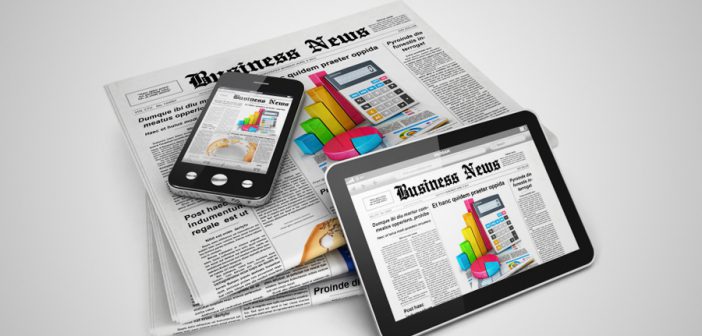The aging of the US population has been a cause for concern among media executives, whose advertisers typically want to reach younger readers, viewers and listeners. More than half (53%) of adults are 45+, an increase from 48% in 2005.
But survey data suggest that grey might be the new black for keeping media out of the red. In fact, it’s time for the industry to wholly embrace the strengths of 45+ audiences.
According to the Survey of The American Consumer® findings dating to late 2015, the median audience age for traditional media and the internet has increased over the past 10 years, following overall population trends. Yet these more mature audiences have a lot to offer media and advertisers.
Let us look at women 45+ as an example. More than one-half (54%) of women are age 45+. They share many of the same desirable attributes that attract marketers to younger women, and in some cases, they over-index on those traits. Compared to the average woman, they are heavy media users, they have a higher-than-average index for living in high net worth households and they comprise the majority of women who buy what they want when they want it. Women 45+ also account for significant expenditures in several categories and they are their households’ purchase decision-makers for certain big-ticket items.
No Media Midlife Crisis Here
Women 45+ are often high-energy media users, as well. They are top quintile, heavy newspaper readers (index 147) and heavy TV viewers (index 137). They comprise more than one-half (54%) of female top quintile magazine readers.
Higher percentages of women 45+ than those 18-44 say that magazines keep them up-to-date with styles and trends (69% of W45+ vs. 61% W18-44) and give them good ideas (61% W45+ vs. 49% W18-44). Higher percentages of women 45+ also say that magazines relax them, are a good source of learning, make them think and are a good escape.
Money to Spare and Spend
Although similar percentages of older and younger women (roughly one-quarter) have annual household incomes of $100K+, the 45+ set is 46% more likely than average women to live in households with a net worth of $1 million or more. And since they are less likely (index 50) than the average woman to have a child under 18 living at home, their purchase decisions are often their own.
Marketers can’t afford to ignore these brand decision-makers: Only 1 in 10 married women 45+ (compared to 13% of married woman 18-44) say that their spouse has a significant impact on the brands they choose.
Women 45+ are 17% more likely than the average women to own a home. Furthermore, among female homeowners, they account for 69% of homes valued at $500K+. They spent $7.6 billion in the past 12 months on home improvements, representing 68% of expenditures by female homeowners in this category.
Older women also account for significant purchases in other categories. For example, in the past 12 months, they spent:
- $37.7 billion on domestic vacations—representing 57% of category expenditures by women
- $30.4 billion on foreign travel—62% of category expenditures by women
- $7 billion on health and beauty aides—51% of category expenditures by women
Women 45+ also spend $5.4 billion in an average week at food stores, representing 52% of expenditures by women in this category.
Who’s the boss when it comes to big-ticket purchases? She is: Women 45+ are often in the driver’s seat when purchase decisions are being made for personal property insurance, large kitchen appliances and TV sets.
When women 45+ shop, they often use plastic. They account for 63% (index 115) of females whose average monthly credit card expenditures are $1,001 or more.
Got Attitude!
In general, women 45+ have the kind of consumer mindsets that advertisers want. They are 59% of women who agree mostly (the highest on a four point agree/disagree scale) that when they really want something, they will buy it on credit, and they are 60% of women who agree mostly that they buy based on quality, not price.
Advertising hits a chord with women 45+, as well. They are 59% of women who agree completely that advertised brands are better in quality than brands that are not advertised.
Let’s Change the Industry’s POV
By recognizing the strengths of 45+ consumers—their media use, discretionary income, purchase decision-making power, share of category spending and strong consumer mindsets—thought leaders in media and marketing have a solid case for supporting older audiences. The median adult age in the US is shifting upward—our industry needs to work with the positive attributes of aging consumers.
And coming from me, a 45+ media-loving, household purchase decision-maker with plenty of attitude, that is a good thing.


